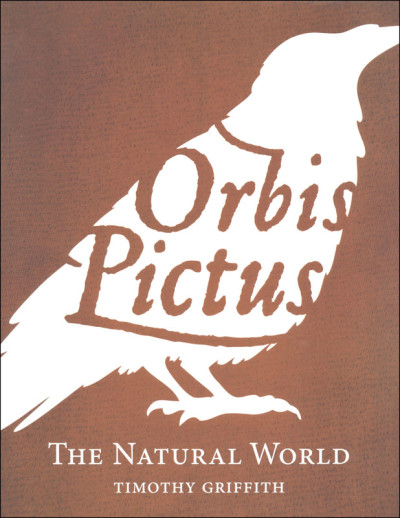We use cookies to make your experience better. To comply with the new e-Privacy directive, we need to ask for your consent to set the cookies. Learn more.
Orbis Pictus: Natural World
Classical Latin at its finest, this text is a revised and updated version of a 1658 First Latin textbook, giving illustrations and a context for vocabulary. This update synthesizes and condenses, providing a manageable way to introduce almost 500 Latin words from nature. Multiple techniques introduce vocabulary with a goal to retention: by topic, with illustrations, and by using sentence context. Each of 32 chapters introduces vocabulary by picture, then a word list, then macaronic sentences (an English sentence with the Latin term inserted), and then that same sentence written fully in Latin. For example, in Chapter 11, vocabulary word VI (yes, Roman numeral practice) is polypus. A drawing of a polypus is followed by the name, whether it is a feminine or masculine noun, and its plural form. Then the word is used in an English sentence: With its eight tentacles the soft polypus swims, hunts, and climbs ashore. Then the Latin translation: Octo tent?cul?s mollis p?lypus natat, ven?tur, et ?greditur in terram. Advanced students can start with the Latin sentences and use context to learn new vocabulary. Now any level student can easily remember polypus and even a beginning Latin student can recognize the shared cognates in the Latin sentence. Can you point them out? Use this text to introduce cognates, learn scientific words or to prepare for reading Roman authors. This supplemental text does provide some usage tips and explanations, along with an index and pronunciation glossary (including singular and plural forms), synonyms, and alternative vocabulary options. ~ Ruth
Learn Latin words for animals and everyday things the way you're supposed to learn a language with Orbis Pictus.
Utilizing macaronic sentences, Latin idioms, illustrations that get at the essentials of words, and a glossary for pronunciation, synonyms, and other useful words, the Orbis Pictus series provides Latin educators with a tool specifically to introduce Latin vocabulary, regardless of their textbook or philosophy of teaching. The Orbis Pictus series helps students pick up vocabulary in the best ways possible:
It introduces words topically, which aids the memory.
Each new word is given in the context of a sentence specifically meant to help a student learn the word.
It uses illustrations, which clarify a word's meaning, help with memorizing, and make lessons more interesting.
The Orbis Pictus series is a great help for students learning to read Roman authors, especially when combined with a grammar-centric text. It can be used as a refreshing supplement for any Latin textbook or completely on its own. It has no prerequisites, and could be useful for even the most advanced students of Latin.
This volume covers almost five hundred words on the natural world. This includes not only vocabulary that appears frequently in Latin literature, but also words that have been adopted as technical terms in various scientific disciplines (especially biology). A student who has mastered the material in The Natural World will have also built up basic English and Latin vocabulary in anatomy, botany, and zoology, and will be much better prepared to read classical Roman literature.
| Product Format: | Paperback |
|---|---|
| Brand: | Canon Press |
| Author: | Timothy Griffith |
| Grades: | 7-AD |
| ISBN: | 9781591281160 |
| Length in Inches: | 10.875 |
| Width in Inches: | 8.25 |
| Height in Inches: | 0.25 |
| Weight in Pounds: | 0.65 |

